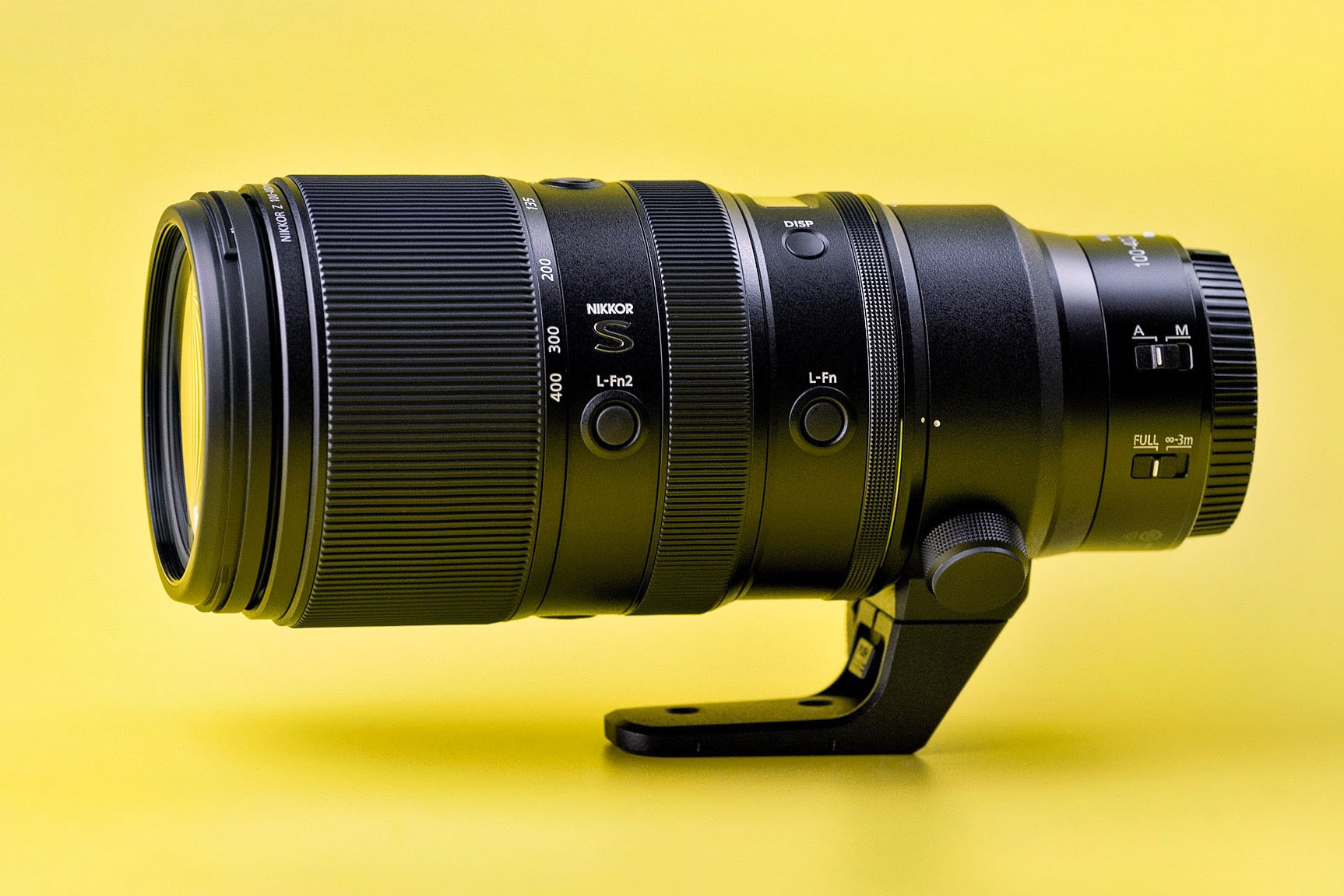That’s sounds kind of crazy until I explain. I recently got the 600 PF and looking through my thousands of bird photos there are very few taken at 400mm or less. Previously I got the 100-400 last year to use as my main birding lens combined with the Z1.4TC and of course almost all shots were taken at 560mm. Then when I read reviews of the 600 PF I realized I’d be much happier with it than the 100-400. This in fact is true. So it made me think that I don’t really need the range between 300 and 600 and I started looking at the Z 70-200 and thought that would be a better choice because it is faster, super sharp wide open. I could use the 1.4TC and get 280.
I bought a used 70-200 yesterday for a good price and have been testing out today on Bob Atkins chart and some controlled scenes in my back yard. As you would expect, the 70-200 is much shaper at 100; at 200 they are closer but the 70-200 appears sharper because of noticeably better contrast, which is true at any length. At 280 on the 70-200 with the TC, the photos are very similar but again the 70-200 is more pleasing because of better contrast. For 400, I put the 70-200 plus TC on DX and compared it to the 100-400 at 400. This was a shocker. In spite of the difference in the size of the files, the 70-200 shot was clearly sharper. 400mm on the 100-400 is known to be its weakest point. So in summary I have the wrong range of 70-400 covered if necessary and the photos look better because of better contrast.
I haven’t put my 100-400 up for sale yet because I want to get some feedback here and see if there is anything I’m not considering. For close ups, the 100-400 is clearly better but I rarely do close ups.
I look forward to your thoughts.
I bought a used 70-200 yesterday for a good price and have been testing out today on Bob Atkins chart and some controlled scenes in my back yard. As you would expect, the 70-200 is much shaper at 100; at 200 they are closer but the 70-200 appears sharper because of noticeably better contrast, which is true at any length. At 280 on the 70-200 with the TC, the photos are very similar but again the 70-200 is more pleasing because of better contrast. For 400, I put the 70-200 plus TC on DX and compared it to the 100-400 at 400. This was a shocker. In spite of the difference in the size of the files, the 70-200 shot was clearly sharper. 400mm on the 100-400 is known to be its weakest point. So in summary I have the wrong range of 70-400 covered if necessary and the photos look better because of better contrast.
I haven’t put my 100-400 up for sale yet because I want to get some feedback here and see if there is anything I’m not considering. For close ups, the 100-400 is clearly better but I rarely do close ups.
I look forward to your thoughts.




